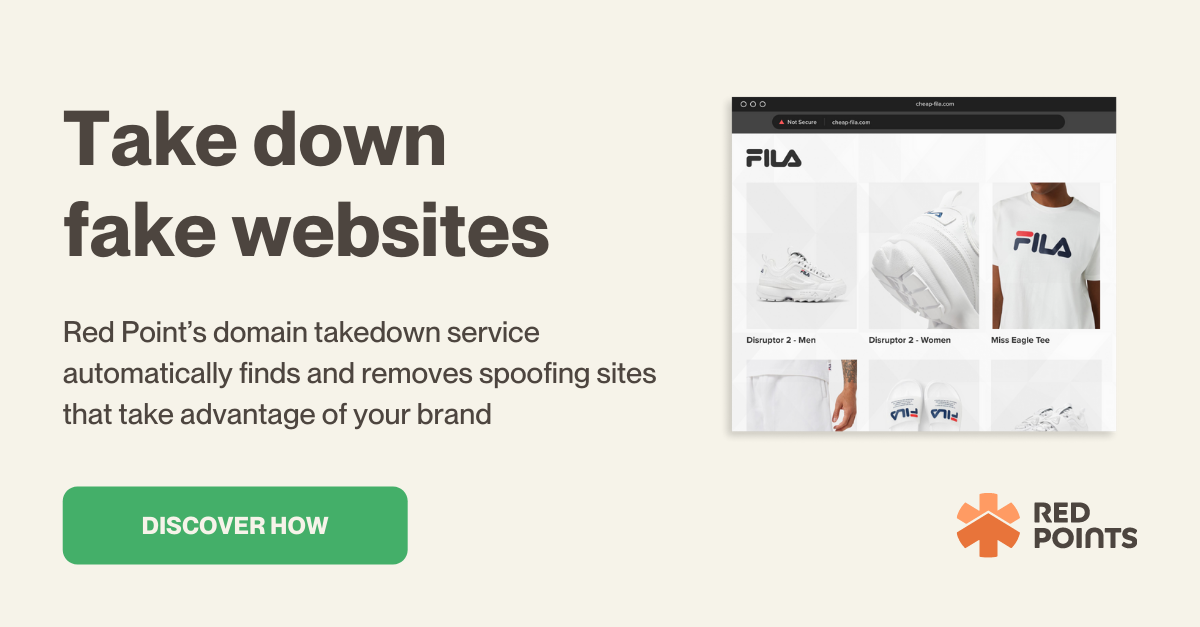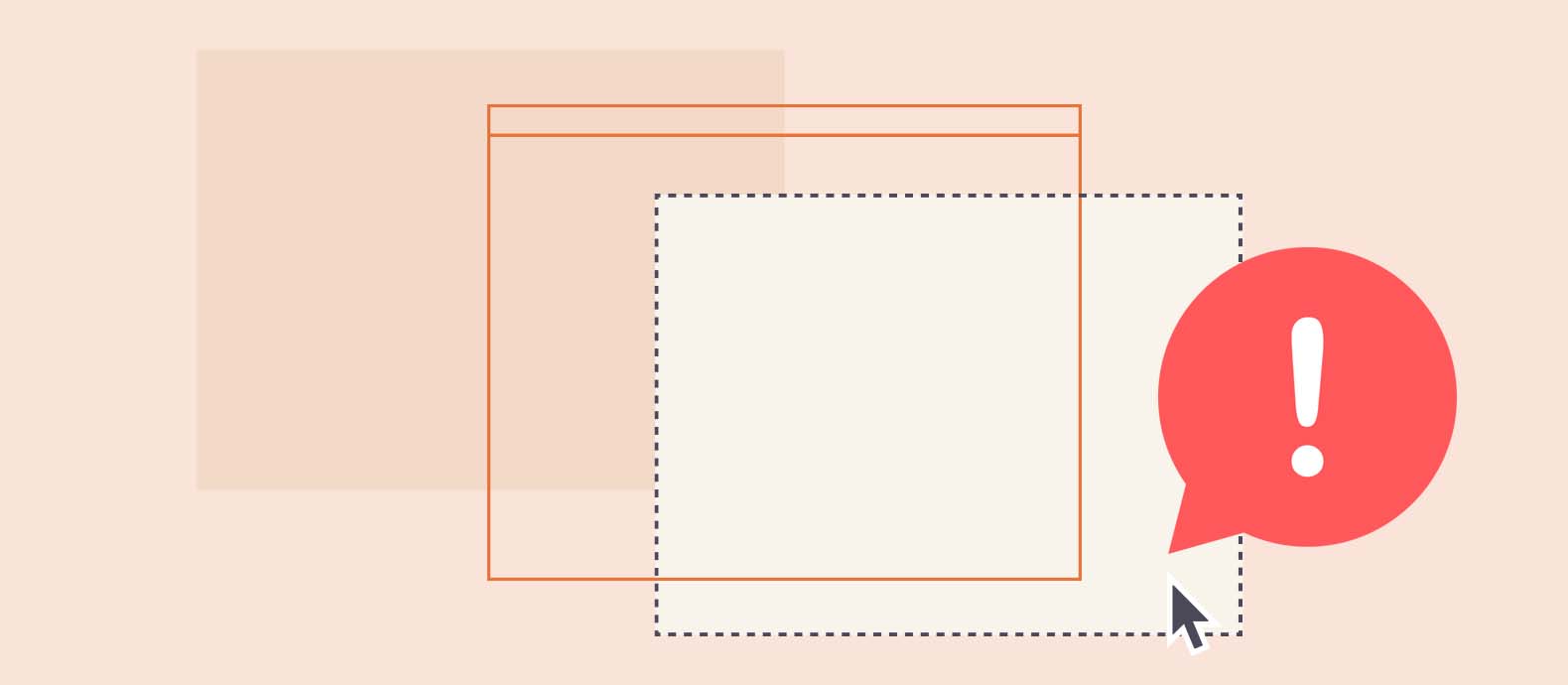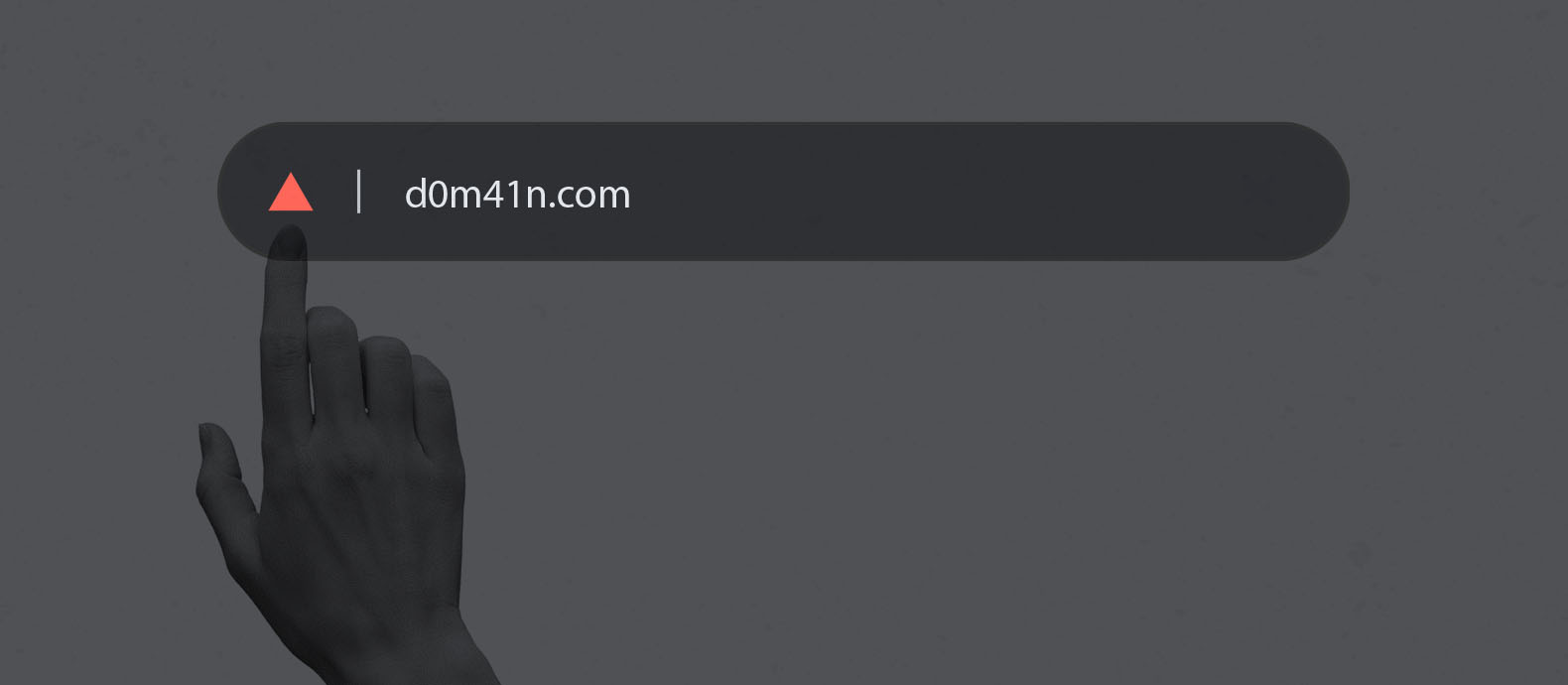In the context of cybersecurity and copyright infringement, is website mirroring legal?
In this digital age, maintaining a positive online reputation is crucial for any business with an online presence. With that being said, How should businesses protect their website from being mirrored by cybercriminals, and other parties?
In this article, we will answer these questions and help you learn all you need to know about website mirroring, and we’ll cover:
- What is website mirroring?
- The legality of a website mirroring
- How to prevent your website from being mirrored by cyber criminals
- How to report and take down websites mirroring yours
Without further ado, stay tuned with us throughout this guide to get all this information to protect your digital assets.
What is website mirroring?
Website mirroring, in a nutshell, is the process of copying an entire website either to an offline environment (i.e., a local disk) or to a different URL. A key characteristic of a mirrored website is that it is completely identical to the original one, except for the location of the website.
Website mirroring is made possible with the use of web mirroring/copier tools like HTTrack to download the entire website into local storage (hard drive.)
Is website mirroring legal? Good faith vs. bad faith of website mirroring
On its own, the act of the website mirroring is considered neutral. That is, the legality of the practice would depend on the intent.
Website mirroring can be performed in good faith, either by the website/trademark owner themselves or by external parties that are considered to fall under the umbrella of “fair use.” However, website mirroring can also be conducted by malicious parties in bad faith.
A website/trademark owner may mirror its own website for various reasons, including but not limited to:
- To publish the website in a different hosting service, facilitating faster downloads from multiple geographic locations.
- To preserve historical content, for example, when a page or website is going to be closed.
- To intentionally duplicate data to discourage censorship and promote freedom of information.
- Publishing a mirrored site on another server to balance the load among several servers, avoiding strain on one server
Website mirroring by external parties: legal or illegal?
A website is copyrighted content. The code, content, and design that are included within the website are also protected by copyright law.
The Digital Millennium Copyright Act (DMCA) acts as an important legal foundation protecting materials published on the internet under the US’s copyright laws.
Nowadays, most counties in the world don’t require registration for an entity or a creative work to be protected by copyright laws. Meaning, that a website owner is naturally the owner of the website’s and its content’s copyright.
So, if you are looking to mirror another website, unless otherwise specified, it is an illegal act. You’ll need to first obtain permission from the copyright owner (the website’s author or webmaster) before you can legally mirror and publish the website online.
On the other hand, external parties may also conduct website mirroring that can be considered fair use, so it is completely legal.
There are, however, website owners that made their websites open-source, publishing an open-source license on the website, essentially giving permission to others to use, mirror, or even modify parts or the whole of the website.
If you are mirroring an open-source website, although it’s not mandatory, it’s considered the generally-advanced practice to credit the original author or website owner on the published mirrored site.
Fair use of website mirroring
Fair use in copyright laws essentially allows external parties to mirror a website even without any permission from the author.
Intents that may fall under the category of fair use, including for the purpose of educating others, researching the website, news reporting, or review/criticism. You may want to check the US Copyright Office’s Fair Use Index to better understand which intent may or may not be considered fair use when mirroring a website.
Website mirroring with malicious intent
Website mirroring, however, can be performed in bad faith with malicious intent:
- Your business’s competitors are trying to steal your traffic, eliminate your competitive advantage or ruin your reputation.
- Cybercriminals or fraudsters trying to leverage your brand to steal your website’s traffic to run phishing schemes or other scams.
When not managed, mirrored sites made with malicious intent can harm your business’s reputation. The damage can be long-term and even permanent, and may also result in financial and legal repercussions.

How malicious website mirroring may affect your business
Website mirroring made with malicious intent can be very harmful to your business in many different ways, including:
1. Revenue loss
The financial losses that can result from website mirroring can take many forms. If the duplicated website is selling counterfeits of your product or service, it could divert sales away from your brand.
It may also cause your site to lose search engine ranking, thereby damaging its visibility and potential customer base.
Perhaps a loyal customer buys a counterfeit product by mistake if they land on this mirrored website—according to a report shared by World Trademark Review, 20% of consumers would boycott a brand after mistakenly purchasing a counterfeit product.
Not to mention the work (and paid) hours your brand will spend trying to take down that website.
2. Long-term damage to your reputation
Reputation is crucial in today’s digital marketplace. While people can buy virtually anything online, they only purchase things and services from brands they perceive as trustworthy and credible.
When a hacker mirrors your website and impersonates your brand, it can trick prospective visitors who are originally looking to visit your legitimate website.
In such cases, although it’s technically not your fault, these scammed visitors may blame your business (i.e., for allowing the mirroring to happen), so it may hurt your brand’s reputation.
Establishing a reputation and credibility can take months, if not years, to build, and yet as we can see, website mirroring can ruin it in a matter of minutes.
It’s crucial to identify malicious website mirroring attempts and mitigate the situation as soon as possible.
3. SEO performance issues
As mentioned before, when your website’s content is mirrored and published as-is on another URL, it can create duplicate content issues, which may cause your site to be penalized by Google and affect its SEO performance.
While it’s true that Google is getting better at recognizing content canonicity and most likely won’t penalize your website as the original content publisher, it’s still not perfect and duplicated content may still affect your site’s search engine results.
4. Unfair competitive advantage
Not exactly website mirroring, but the website scraping tools used in the process, like HTTrack can allow other parties, including cybercriminals and competitors, to continuously sparse your website content and collect information.
In price-sensitive industries like travel (with dynamic ticket prices) or ecommerce stores selling high-demand products, this can allow competitors to spy on your pricing strategy and product availability, leading to a loss of competitive advantage.
For example, a competitor can use website mirroring technology to automatically detect if you’ve just posted a new ticket price, then automatically adjust their price to be lower than your current price, attracting your customers to their site instead.
Without comprehensive website mirroring protection, protecting your brand from such attacks can be very difficult, if not impossible.
The anatomy of a malicious website mirroring attack
While bad actors can use various techniques and methods to launch a malicious website mirroring attack, most likely, they’ll start by registering for a domain name that resembles (or, even worse, is identical to) your brand name. This is known as domain name squatting or cybersquatting, which is a dangerous form of cybercrime on its own.
This perpetrator will then use this squatted domain name to publish the mirrored website, tricking your audience into thinking that this fake site is your legitimate website.
As discussed, these perpetrators can use tools like HTTrack and others to perform automatic website mirroring. With the help of these tools, they can also configure the mirrored website to automatically update itself when the original is updated with new content (dynamic updates).
While theoretically, you can monitor your website’s traffic to identify these tools and parsing bots, unfortunately, they are getting more sophisticated at masking their identities, including with AI and machine learning methods. So, quite often, website owners fail to identify these bots and realize that their website is being mirrored until the damage has been done.
How to prevent malicious website mirroring
Unfortunately, with the state of the internet today, 100% prevention of website mirroring and cybersquatting is virtually impossible. However, website owners can still put up effective preventive measures by catering to three key principles:
- Any preventive measures shouldn’t sacrifice user experience. Make sure your website is still easy to access and use by your target audience.
- Establish a strong brand identity to make sure it’s easy for your audience to identify your legitimate site from fake ones. Your strong and unique brand identity should be difficult enough to impersonate.
- The goal of your preventive measures is to make it as difficult as possible for bad actors to mirror and impersonate your website.
With that being said, here are the most effective cybersecurity best practices you can follow by taking these three principles into account:
1. Establish a strong and distinctive brand identity
Strong and unique branding elements should be your most important foundation in preventing malicious website mirroring and domain name squatting/cybersquatting.
The ideal scenario is that when your brand elements are too difficult, if not impossible, to copy, so impostors will be discouraged from mirroring your website and infringing your trademark or service mark.
You should at least focus on developing the following branding elements:
- Unique and memorable logo: your logo should clearly represent what your business is about and is both distinctive and memorable.
- Color scheme: choose an appropriate color palette that represents your brand’s values, core message, and personality. Especially important for websites since these colors will be the ones giving your pages their identity.
- Voice and language usage: establish a guideline on how your brand should sound on your website and social profiles. When done right, brand voice can be the most difficult to mirror and impersonate.
- Imagery: choice of photos, images, and style of graphics you use throughout your content. It can be the most difficult to impersonate when done right.
- Fonts: choose a unique font or fonts (ideally one that isn’t freely available) that can also communicate your brand’s personality and values.
By having a distinguishable brand identity, you’ll make it more difficult for scammers to impersonate your brand, while at the same time ensuring your audience is able to differentiate your real website from fake, mirrored ones.
2. Leverage analytics tools to monitor website traffic
As discussed, website mirroring is typically made possible with tools and programs that leverage scraper bots to crawl and parse your website’s content, design, and code.
Leverage Google Analytics and other analytics tools to monitor your website’s incoming traffic. Try to identify unusual activities that may signify the presence of malicious bots and invasive tools.
If you do identify any suspicious activities in your website’s traffic, block the source and mitigate the situation ASAP.
3. Invest in a website mirroring monitoring solution
Invest in a dedicated website mirroring and Copyright Infringement Monitor Solution so you can continuously monitor the internet (including social media profiles) to identify any mirrored site impersonating your website.
Red Points leverage state-of-the-art technology to conduct real-time domain research and monitoring, so you can use your time to focus on your core business tasks instead.
Once it identifies a clone website, Red Points will also automatically take the necessary steps to take down the fake website and collect data that might be used as evidence if you are taking legal actions against the individuals or organizations performing the website cloning attempt.
4. Create an optimal internal linking structure
Maintaining a good internal linking structure has many different benefits, including enhancing SEO performance.
However, in the context of preventing malicious website mirroring, having frequent and proper internal links between pages can help so that when the link is copied by the website mirroring tools, it will point to your legitimate website and drive traffic to it.
Visitors that arrive at the fake website may end up clicking these links and arrive at your website instead. If you regularly check the addition of new inbound links, you may also be able to identify fake mirrored websites that accidentally link to your legitimate website.
Of course, sophisticated scammers may replace these internal links with another link, but keeping this best practice can still be useful for combating less experienced perpetrators.
5. Link between different domain variations
If your business has different domain variations and/or multiple Top-Level Domains (TLDs) like .com, .net, .org, and so on, try doing internal linking between different domain variations.
This way, even if the perpetrator uses means to replace internal links, they may not be meticulous enough to replace these links to different domain variations.
What’s next
While website mirroring can have its benefits for business owners, bad actors can mirror your website with malicious intent, which can be dangerous for your business’s reputation.
In this article, we have discussed all you need to know about website mirroring, how it can negatively affect your business, and especially how to prevent and protect your business from these attacks.
With that being said, proactive prevention and protection of your brand by implementing real-time anti-cybersquatting protection like Red Points’ Brand Protection Solution remains the best bet to protect your website from being mirrored by cybercriminals and maintain a positive online reputation.







